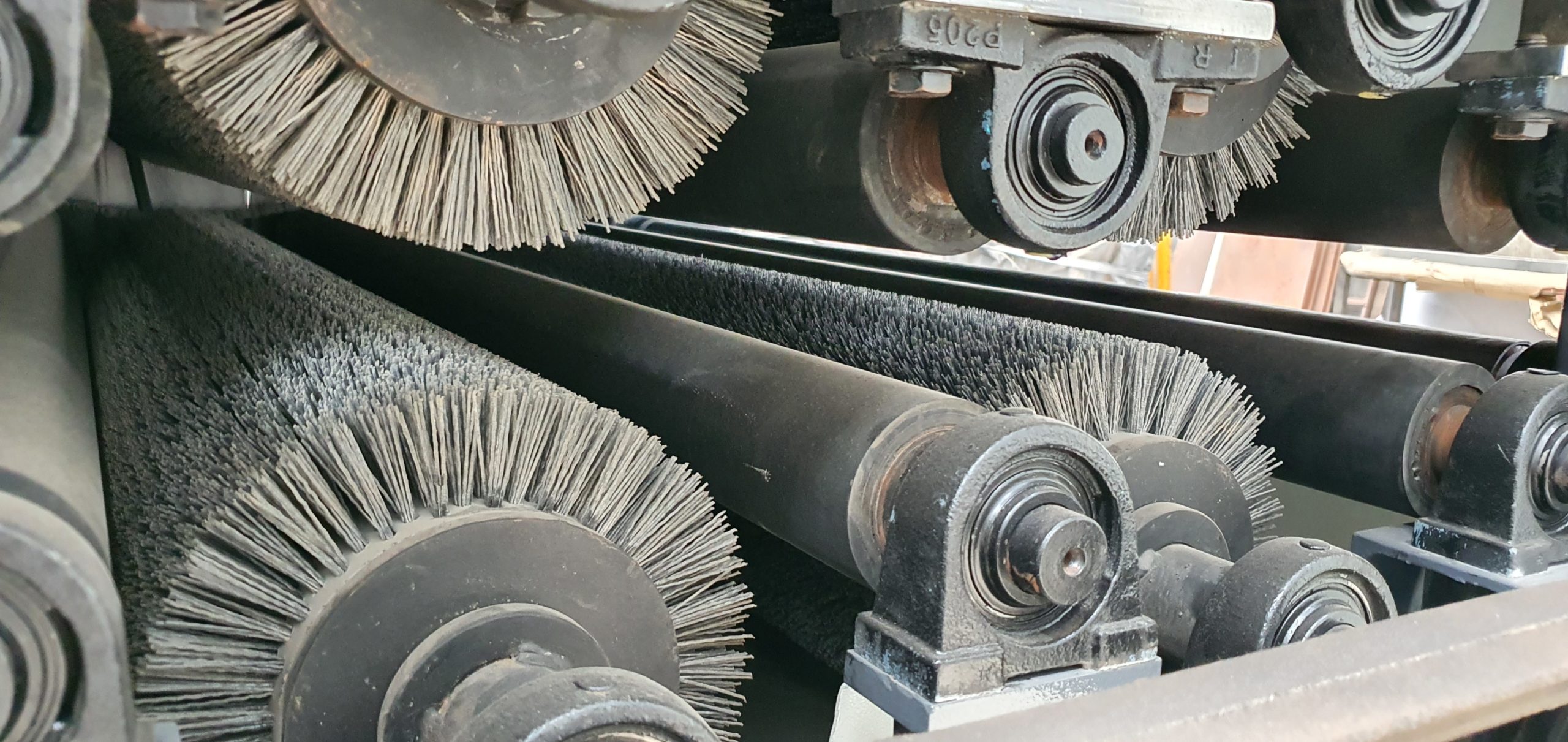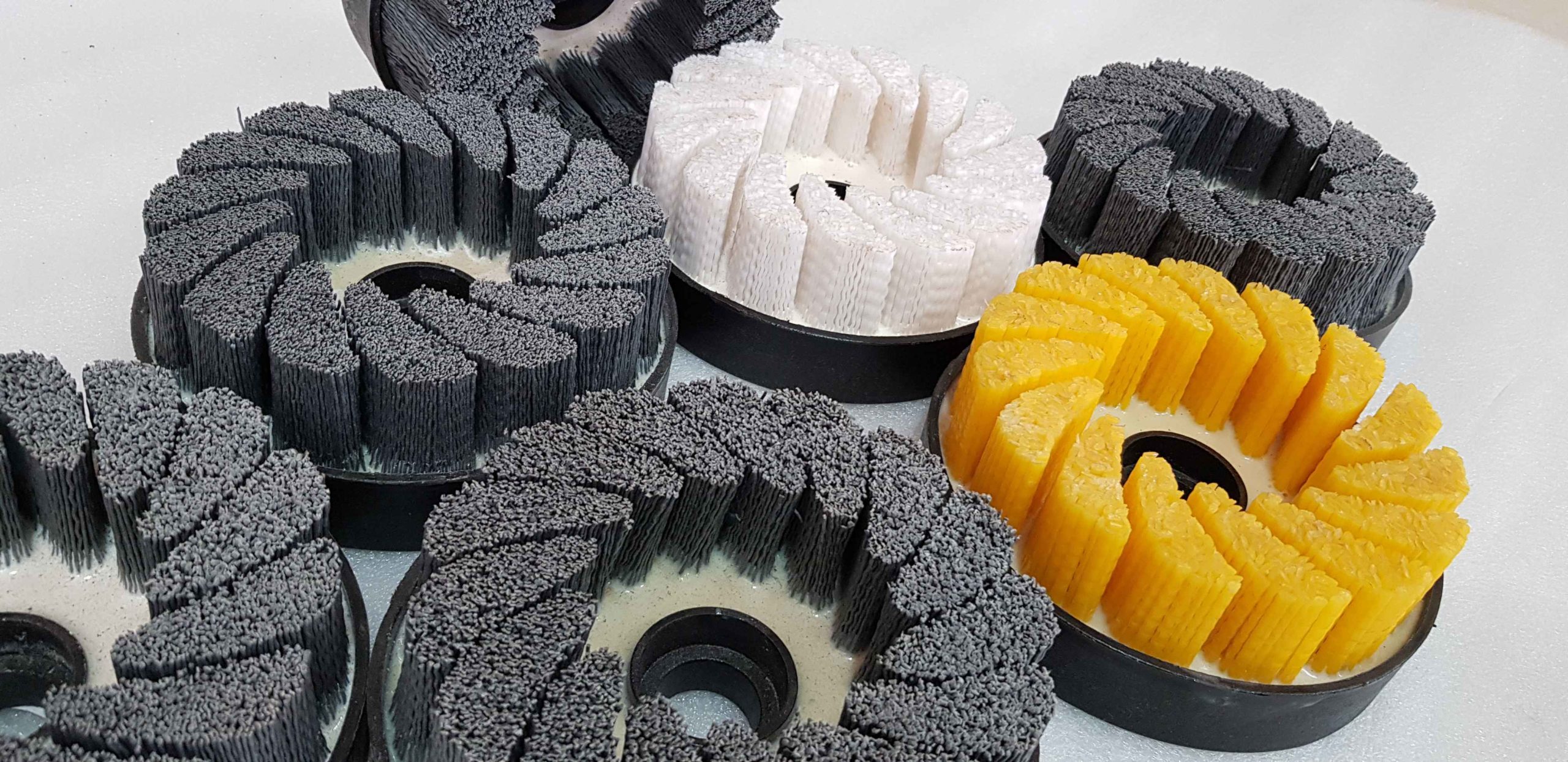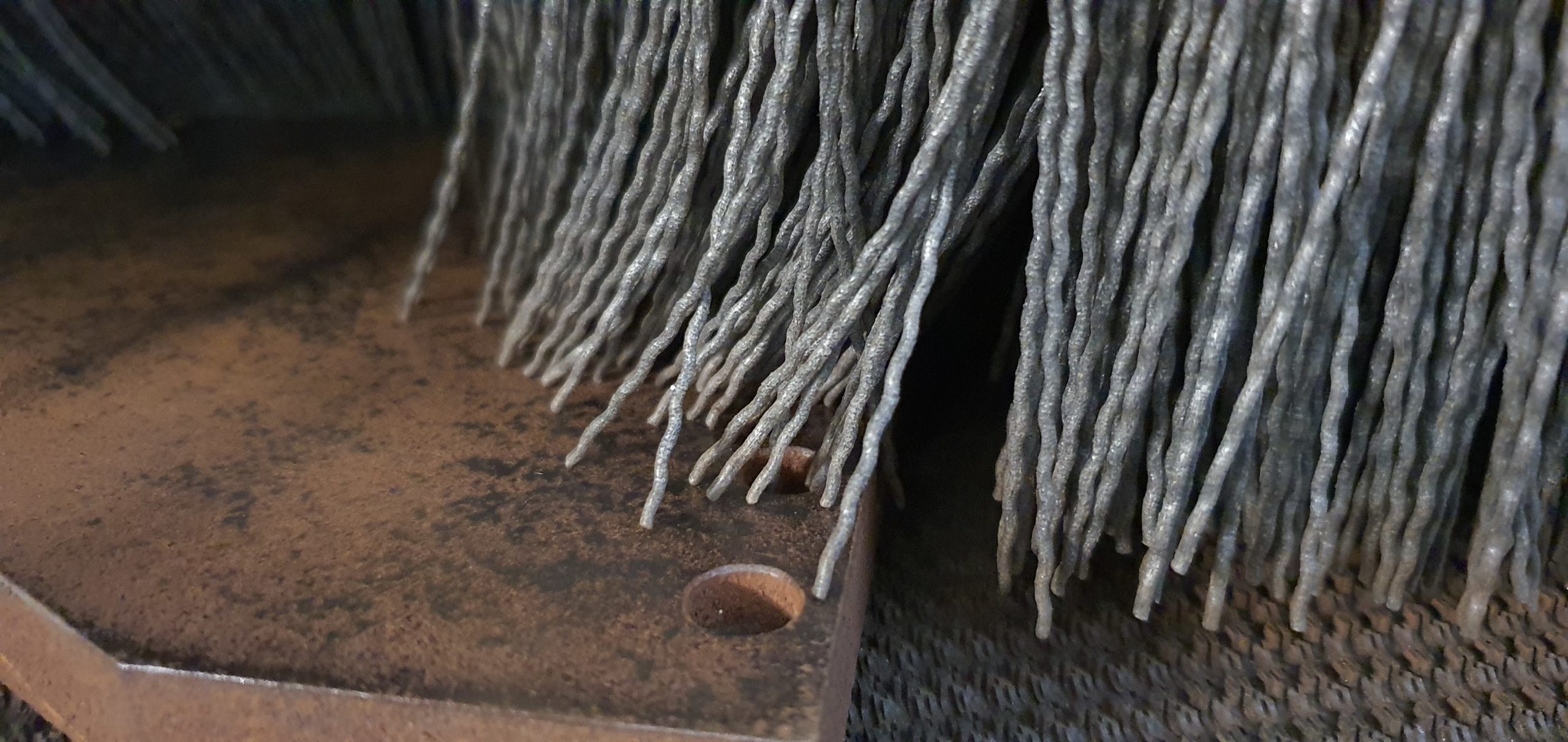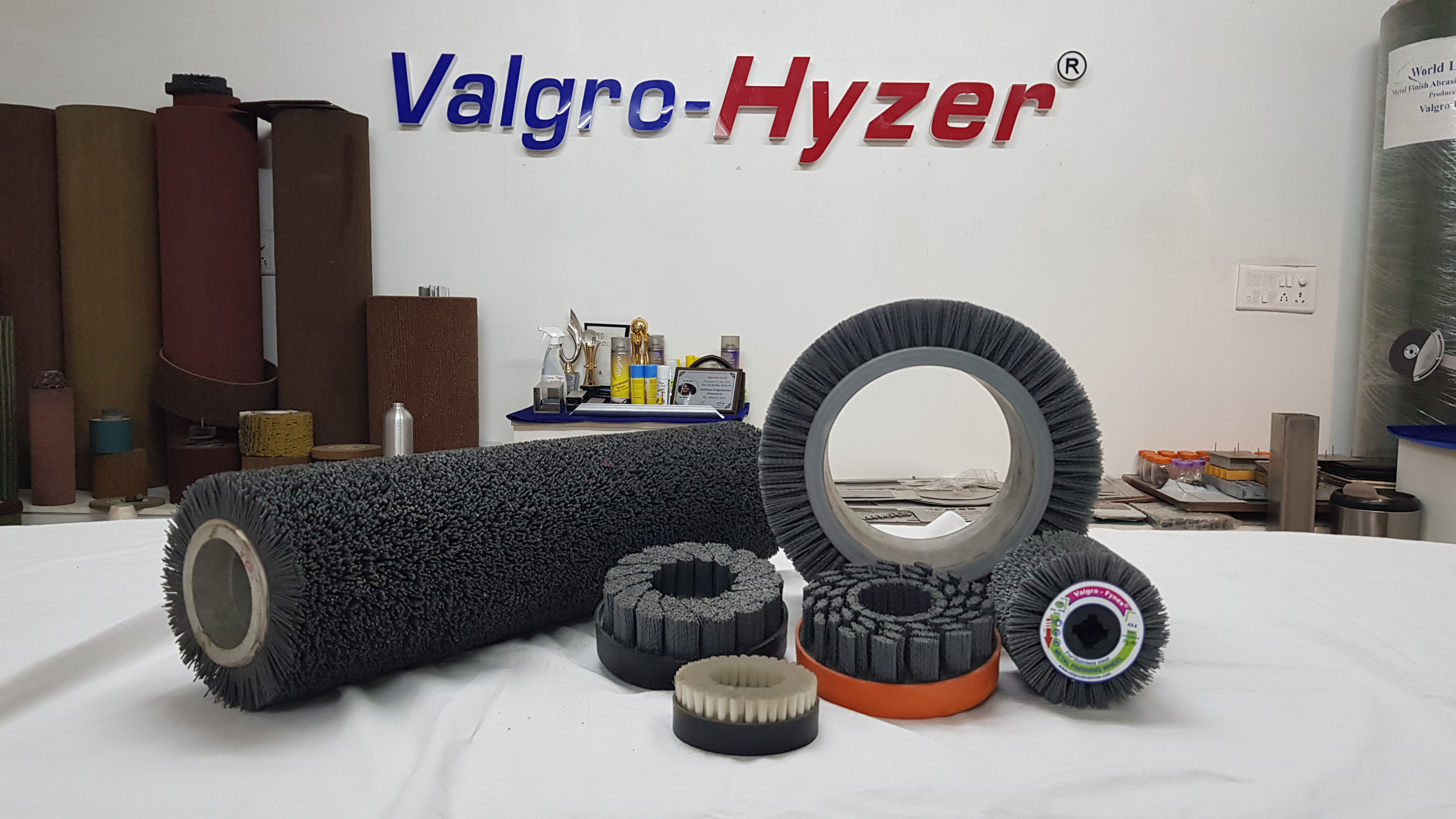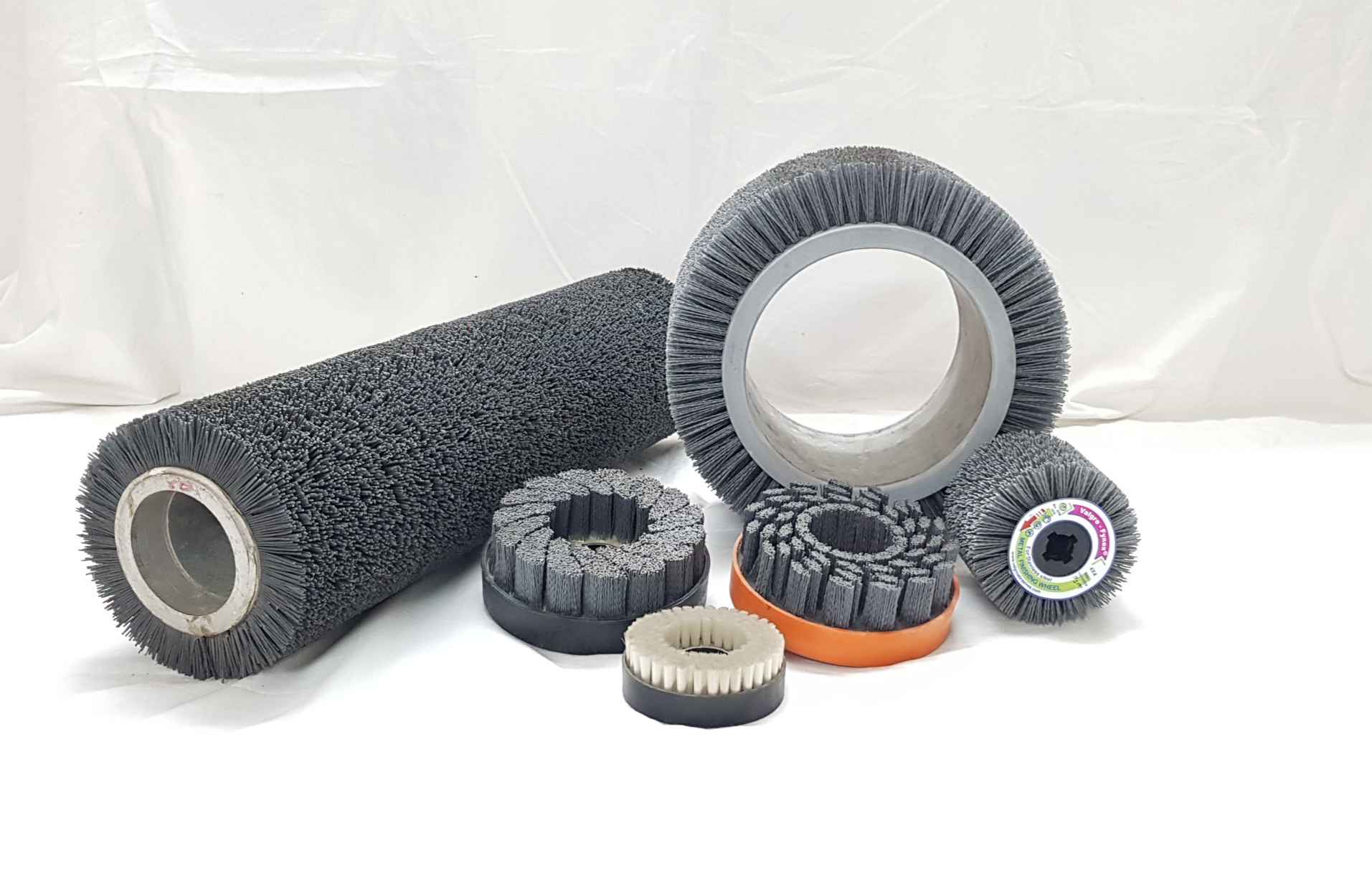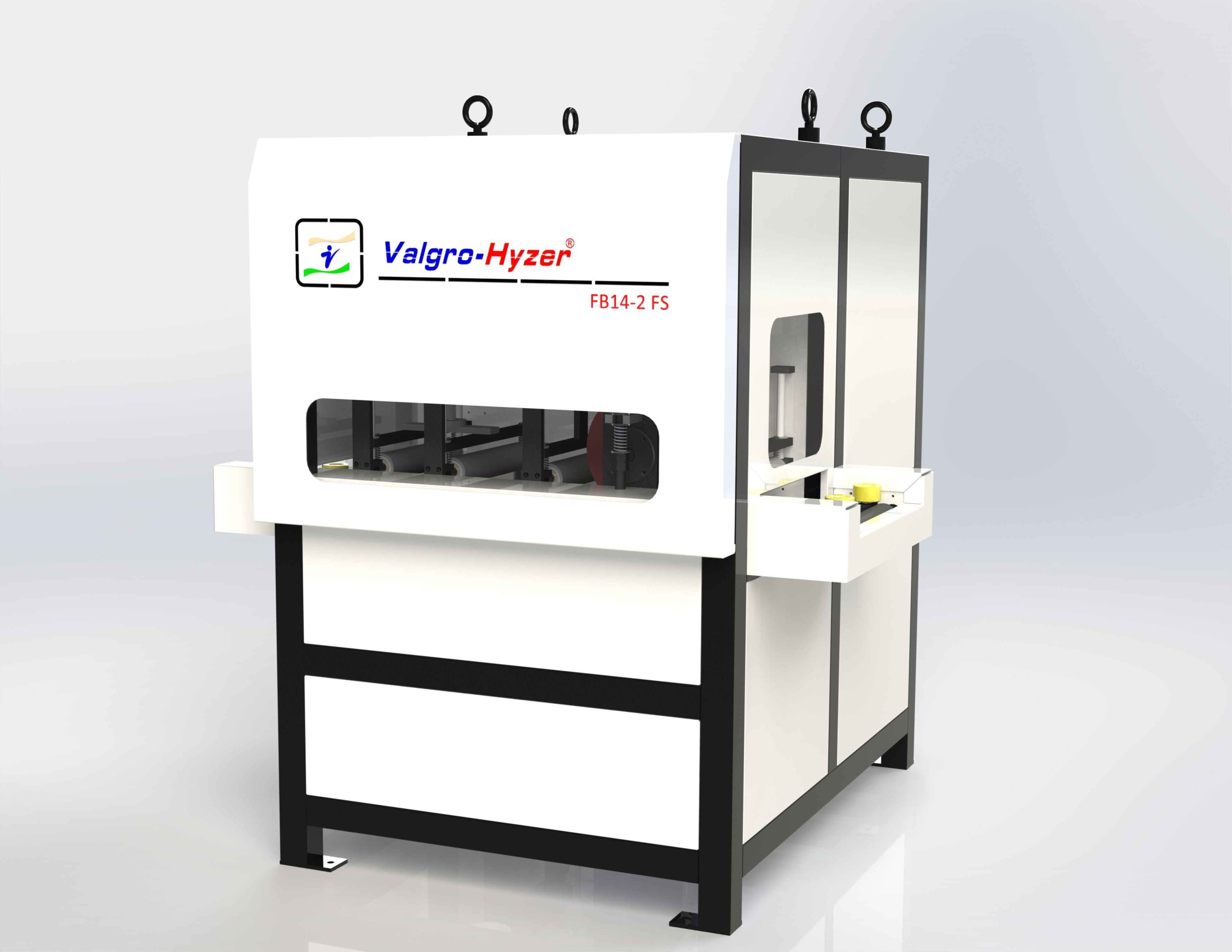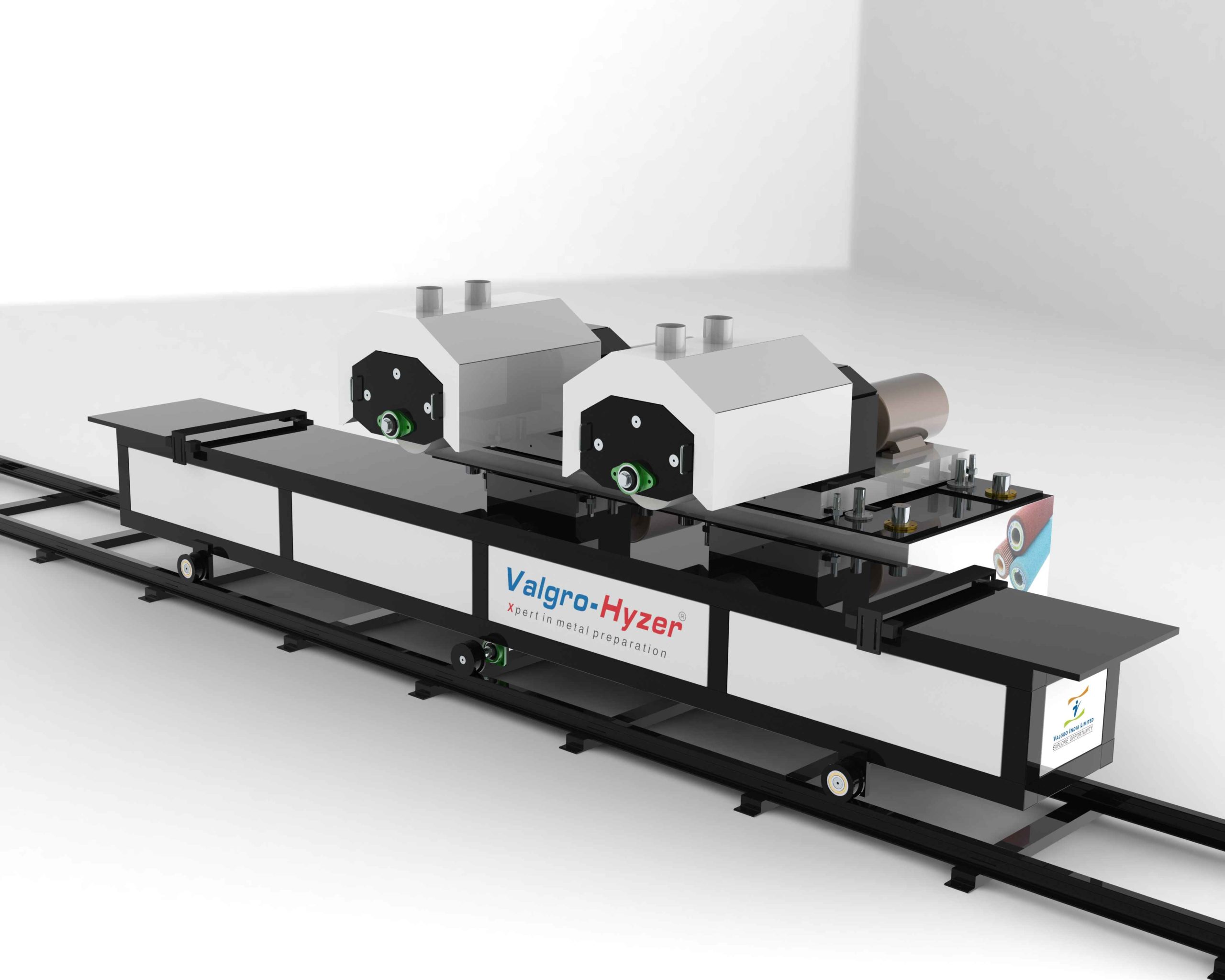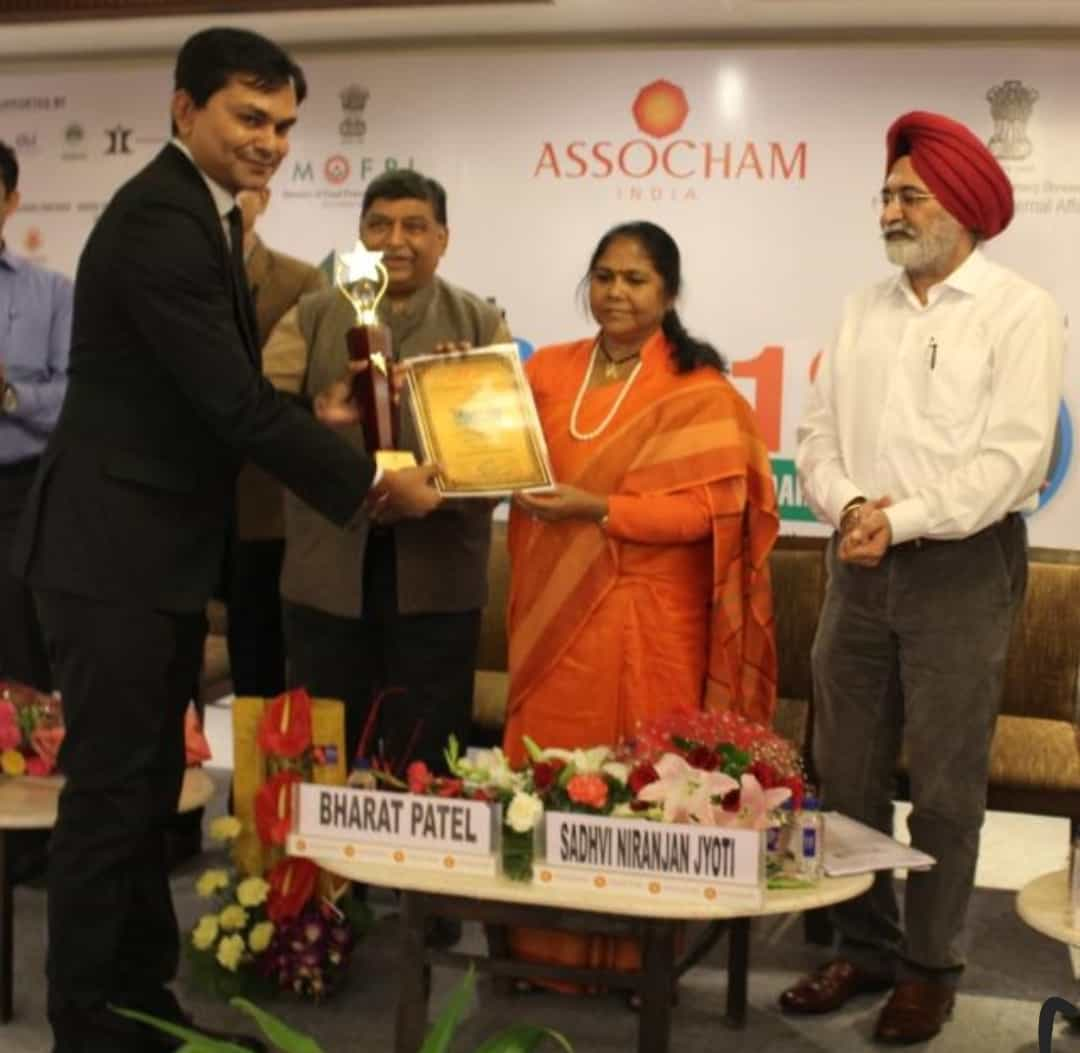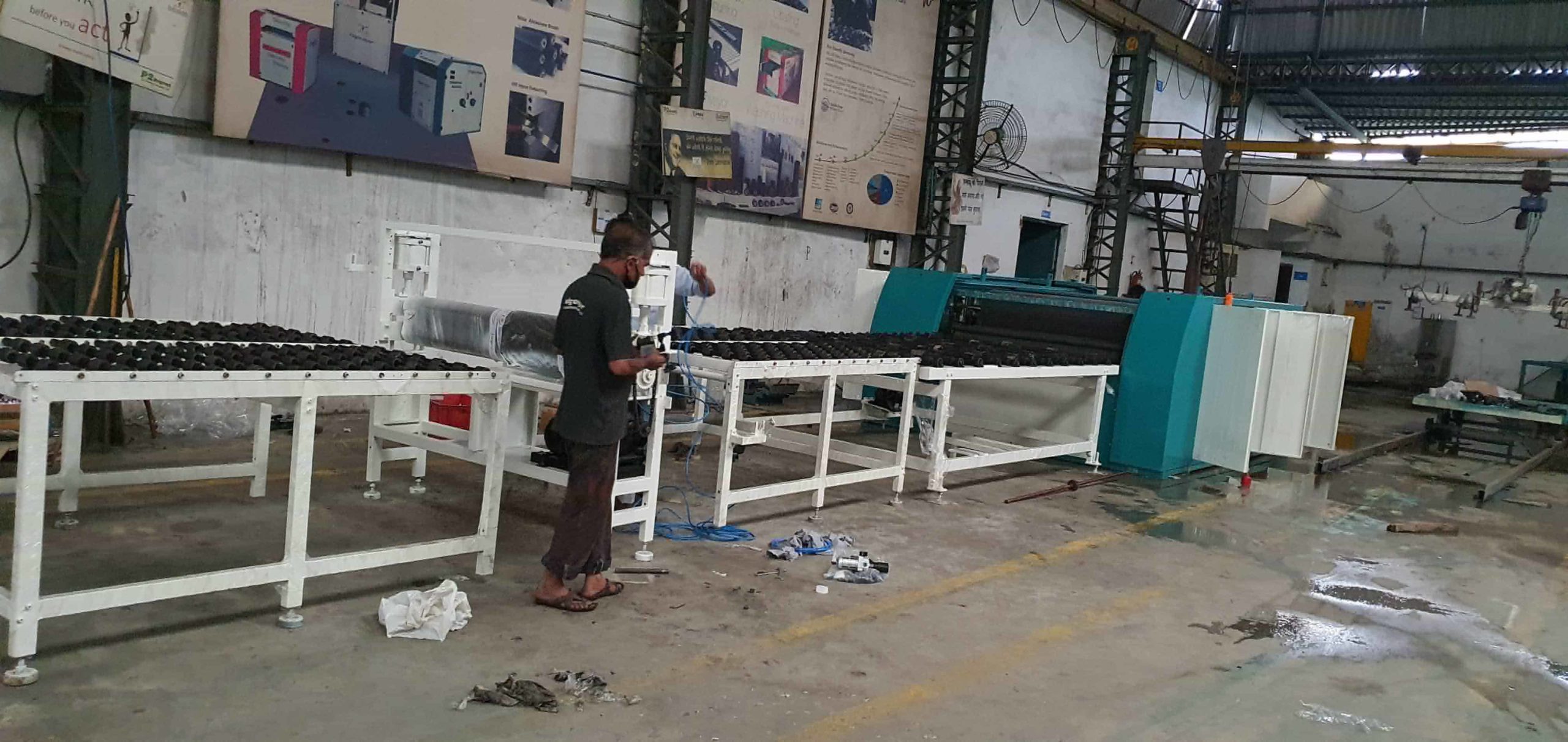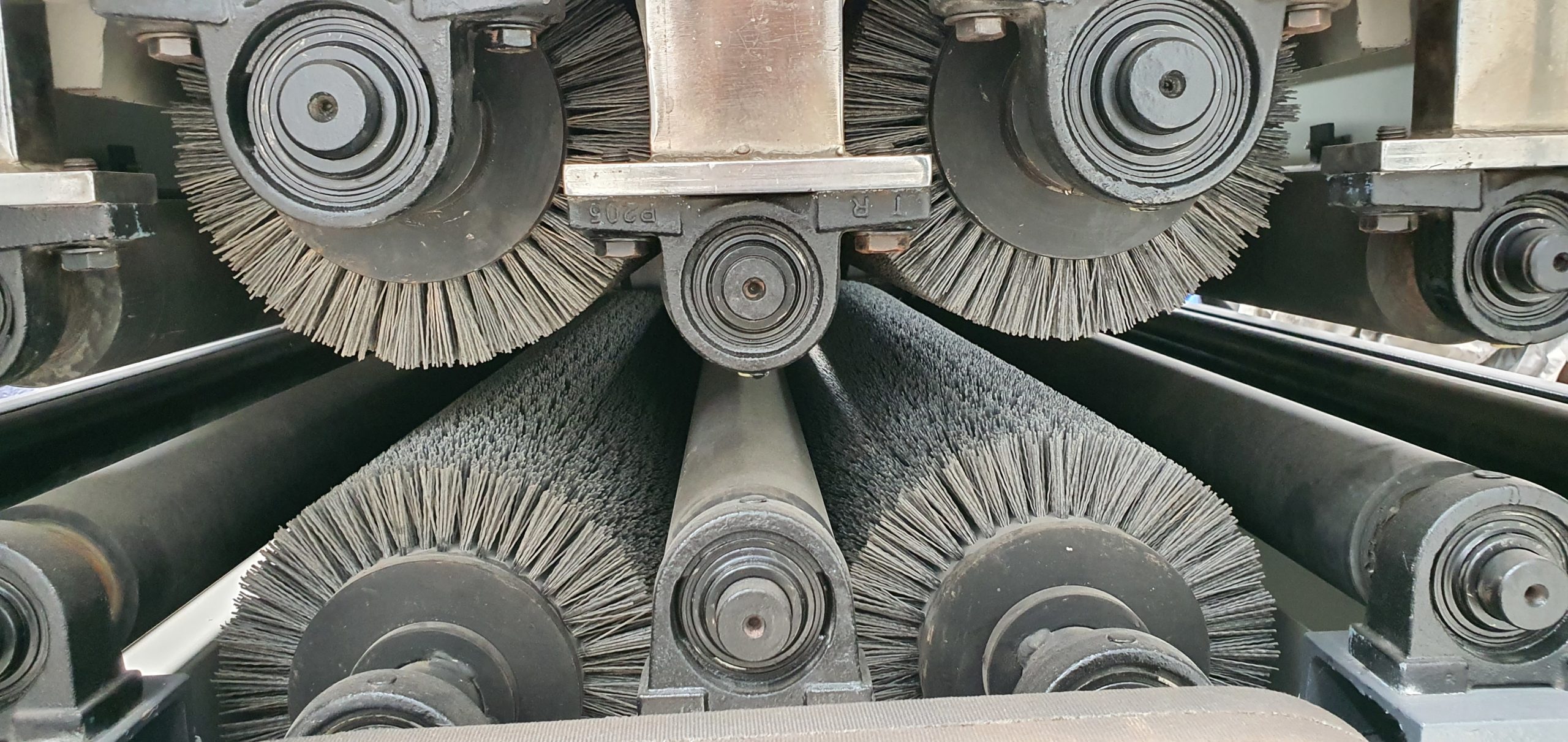
Choosing the Abrasive Type
Our best advice is to use Silicon Carbide in general for all the applications that require a high material stock removal rate. We rather advise using Aluminium Oxide/Aluminium Silicate where the Silicon Carbide is too aggressive or may cause contamination in some applications on non-ferrous materials (soft materials, wood, plastic materials, aluminum).
The effectiveness of the brushing varies depending on speed, pressure, density/wire protrusion, and type of filament.
The grits 120 and 180 can be used in most applications and anyway as the first verification of the surfaces treatment, after which depending on the level of finishing required, you can opt for a more appropriate grit.
The filament is composed of a matrix of Nylon 612 with abrasive grains and is ideal as material for the brushes thanks to:
- Abrasion capacity
- Chemical resistance
- The flexibility of the filaments, which allows processing also non plane surfaces
- Long-lasting
- highest band recovery
Valgro Abrasive filaments made from nylon types 6, 66, and 610 are available, but after reviewing the key properties, type 612 nylon appears to be a superior choice for brushes. Low Moisture Absorption Increases Stiffness Brushes or brush tools that work well under all conditions generally contain filaments that maintain their stiffness even when wet
Technical Specification
Please mail us sales@valgroabrasives.com
Valgro Nylon wheel brushes are used in applications that need targeted brushing action, including:
- Generating specific edge profiles and radii and honing cutting tools.
- PRECISION DEBURRING parts after grinding or machining.
- Light-duty cleaning and FINISHING for metals.
- Light sanding on composites and a variety of materials.
- Improving the surface texture on ground and machined surfaces.
